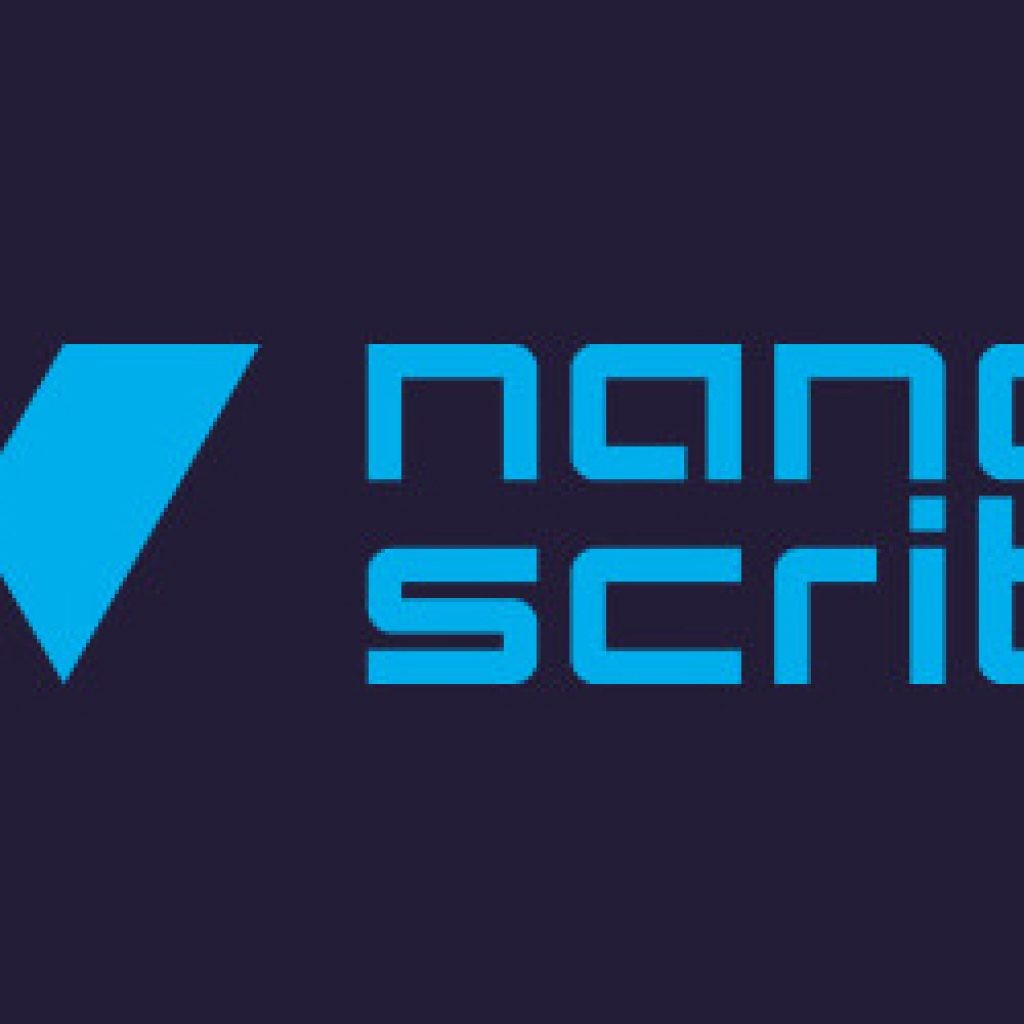(IQT-News summarizes this article recently published on 3DPrint.com, a 3DR Holdings publication)
Quantum computing may get a boost from 3D printing via Nanoscribe, a subsidiary of Swedish-based bioconvergence startup BICO (BICO.ST). At this year’s Photonics West Exhibition (January 25-27), Nanoscribe unveiled the Quantum X align, a 3D printer specifically designed for auto-aligned printing on optical fibers and photonic chips.
Not to be confused with quantum computing itself, the Quantum X line of products launched in 2019 is a micro 3D printing platform.
The latest addition to the Quantum X series, the align, has been engineered precisely for applications in the photonics field, which has particular relevance for the quantum computing industry. A great deal of research in the quantum field — especially during the mini-boom quantum computing has undergone in the past few years — centers around exploring the viability of photonic integrated circuits (PICs).
PICs are based on a similar premise to traditional microchips. Photonic computing has been discussed for years as a basis for classical computing and most serious quantum computers aren’t photonic computers. However, the Quantum X align could be a notable development, not only for the quantum computing industry, but for 3D printing, as well.
In a press statement about the rollout of the company’s latest machine, Nanoscribe’s CEO and co-founder, Martin Hermatschweiler, commented, “With the addition of the new Quantum X align to our industry-proven Quantum X platform, we are enriching Two-Photon Polymerization with powerful alignment technologies that drive the ever-increasing demand in data communications, telecommunications and sensing applications. Our goal is to address the challenges of efficient coupling in photonic packaging and make high-precision 3D printing the technology of choice in integrated photonics.”
“Alignment” here refers to the need for every tiny element on a PIC to be situated with as tight precision as possible. Author Matt Kremenetsky explains that Nanoscribe’s reference to alignment encapsulates a theme that Kremenetsky himself mentions often: the collaborative, interdependent nature between all the various facets of “Industry 4.0”.
Kremenetsky writes, “This is a theme which BICO Group seems to grasp as well as any other company on the market. Moreover, not only is the company correct to suggest that the align could increase efficiency in the production of PICs for quantum computing purposes. It could also help achieve sufficient accuracy to eventually make quantum computing scalable, which, at present, is the major objective for those in the industry serious about commercializing the technology.”
